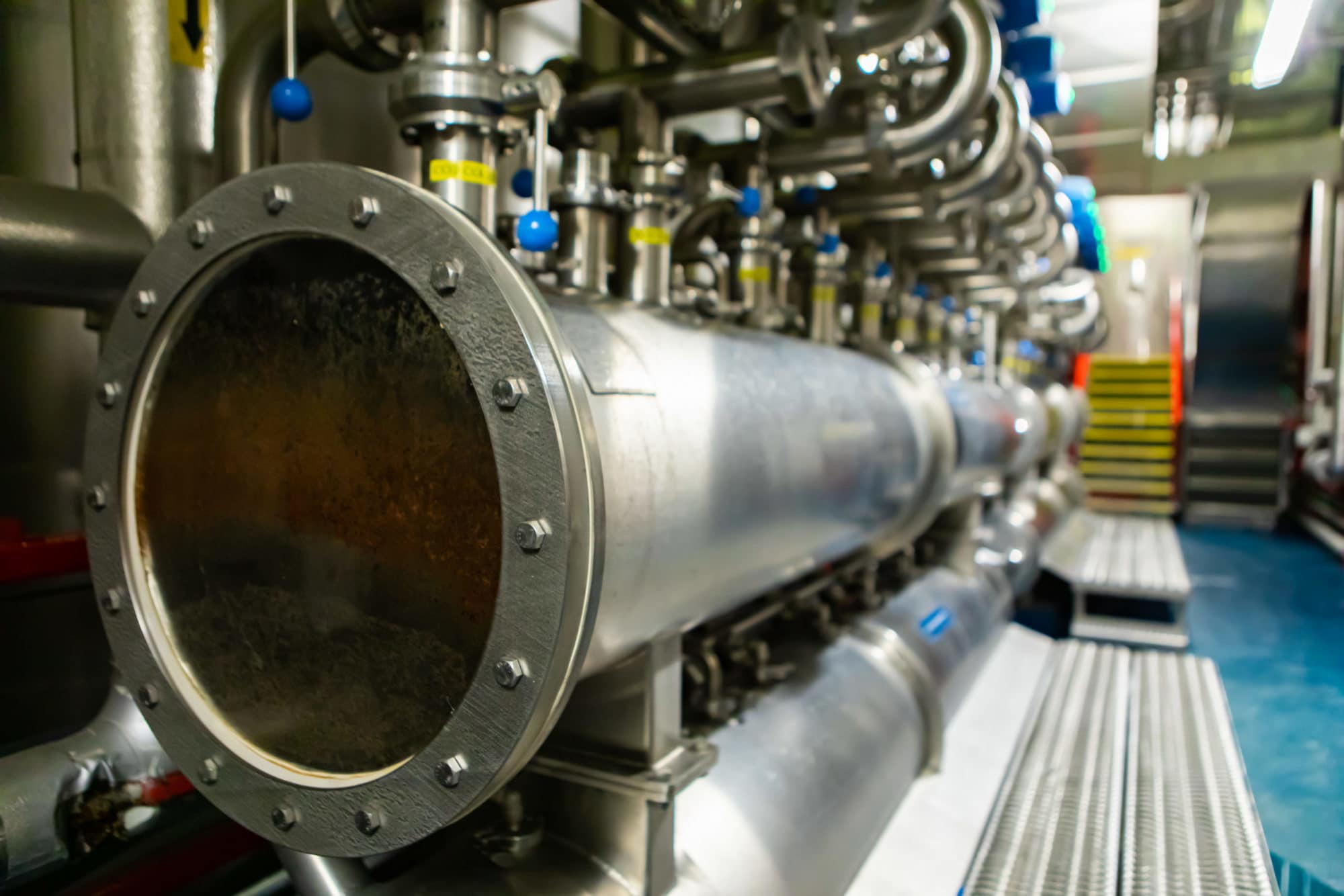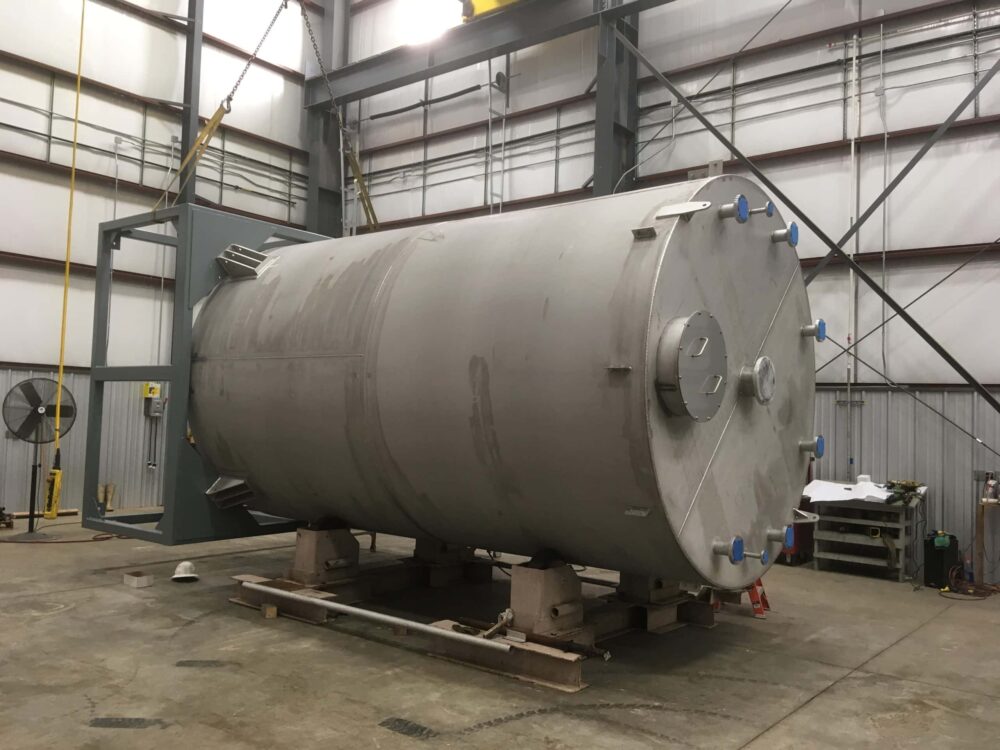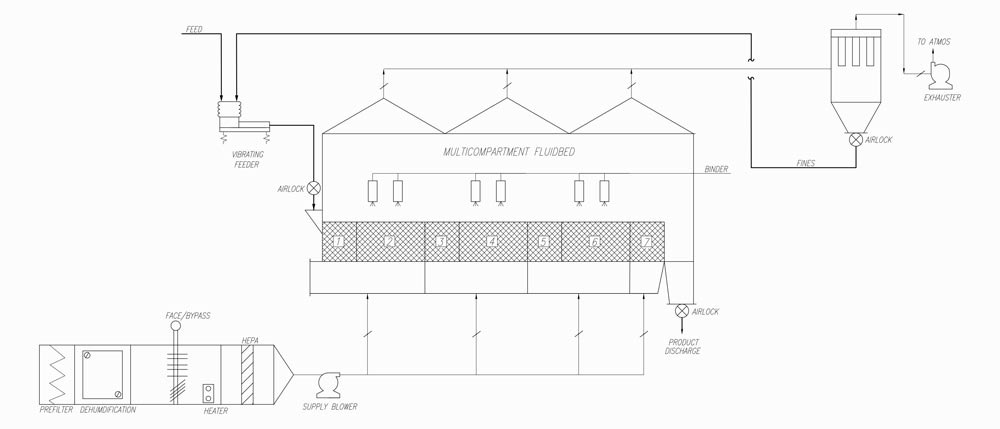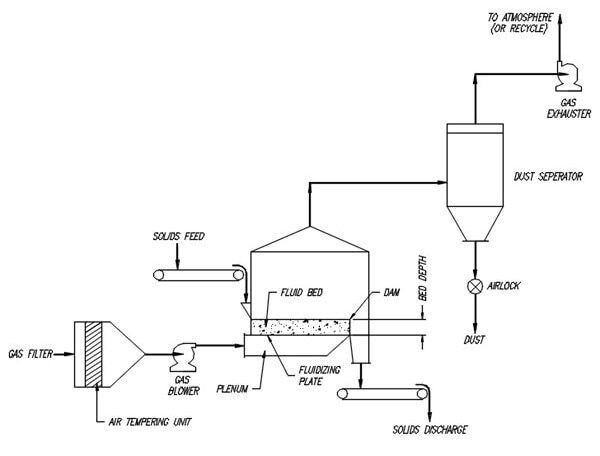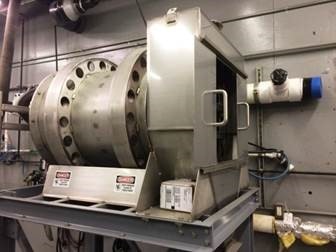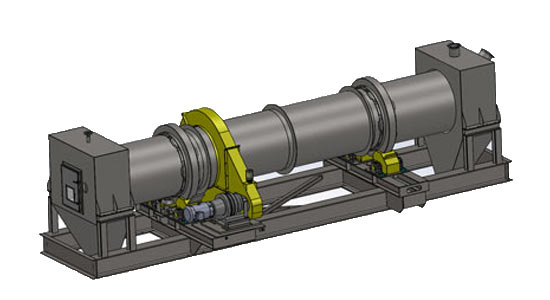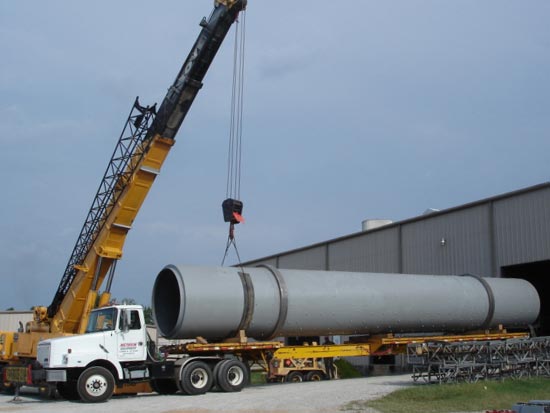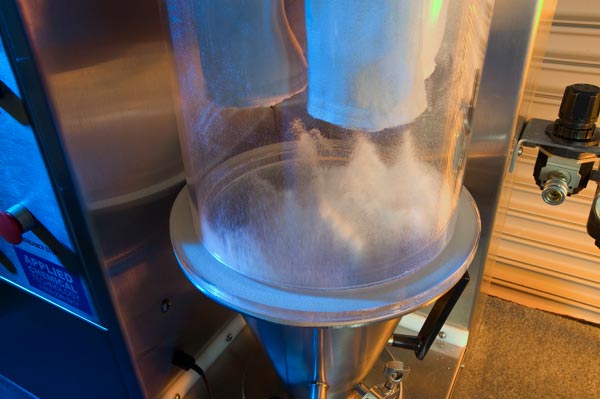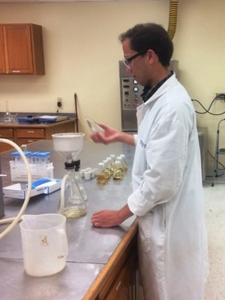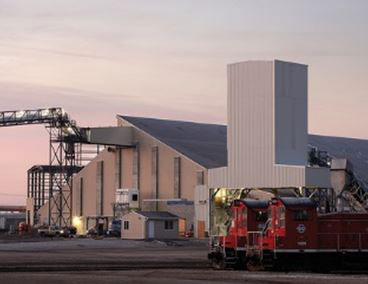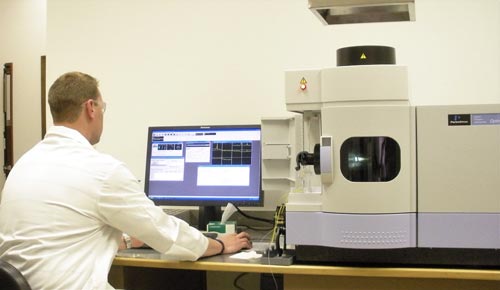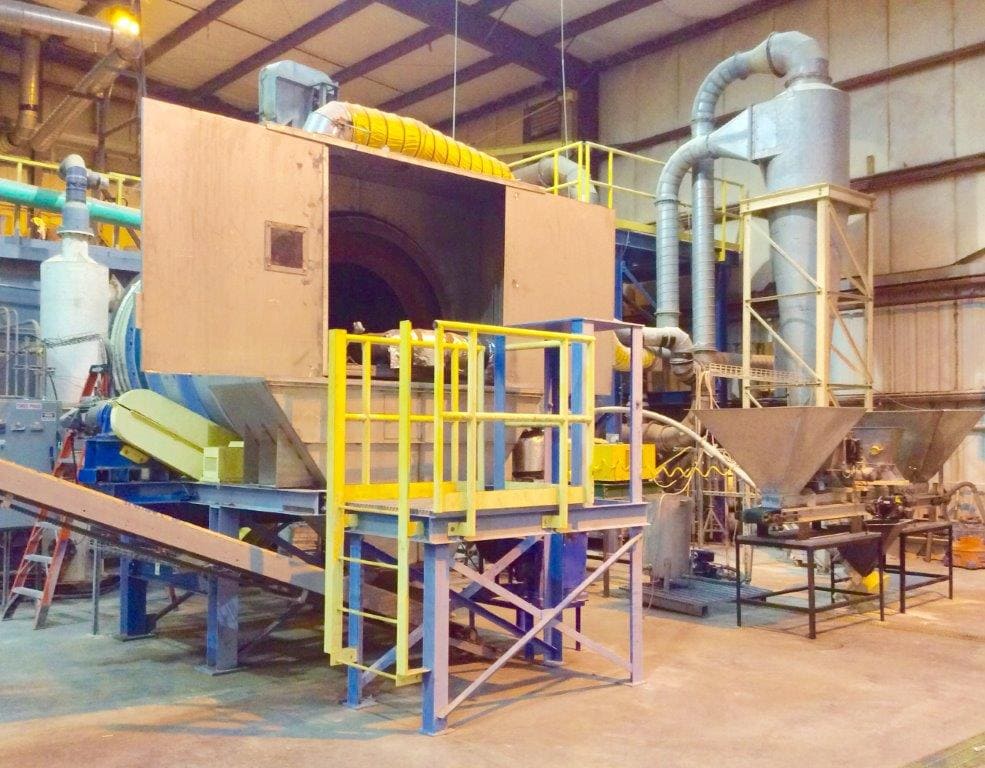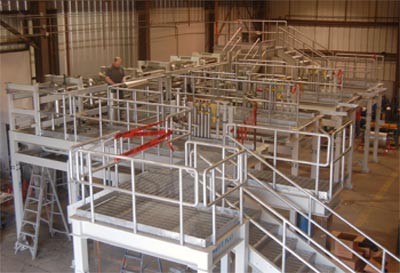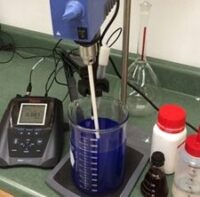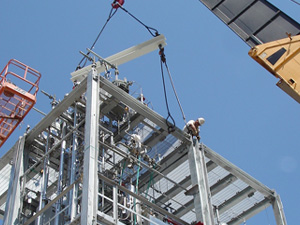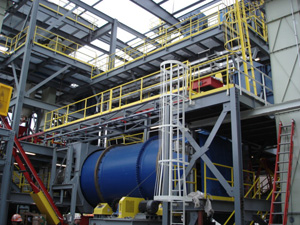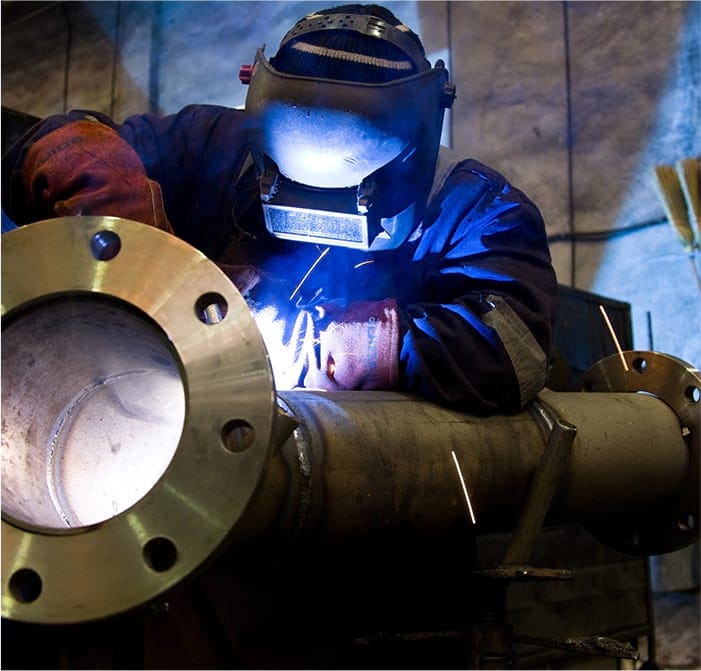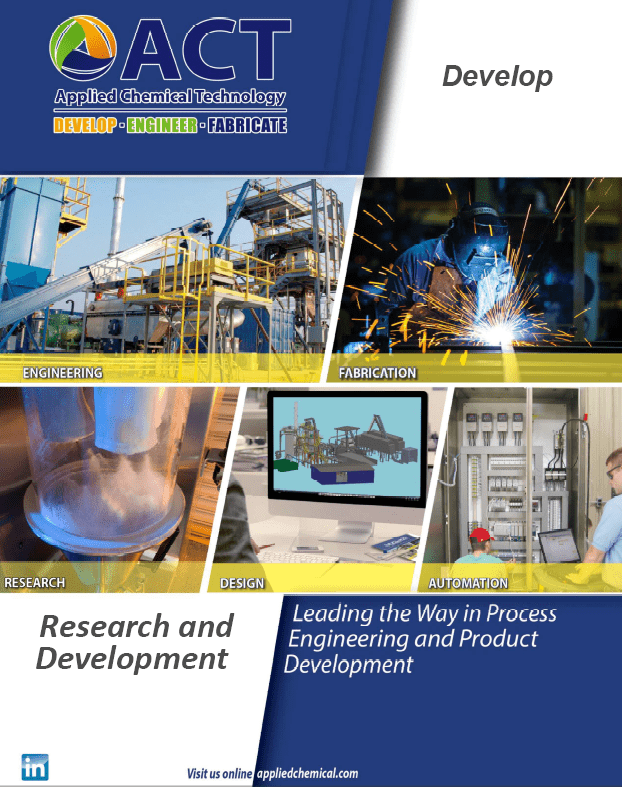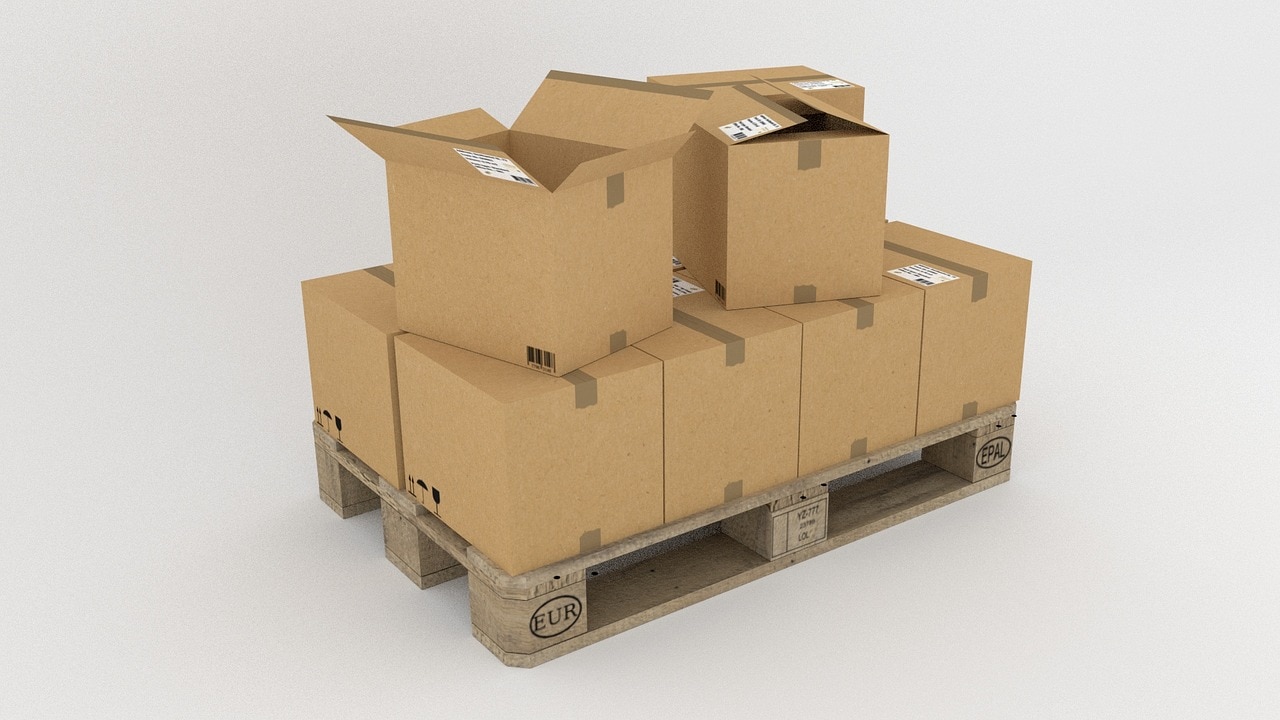Demystifying the Engineering Process-Part 2
Comments Off on Demystifying the Engineering Process-Part 2Basic Engineering
Why Do Basic Engineering? Basic Engineering (sometimes called Front End Engineering) adds another layer of detail to the Preliminary Engineering package and is performed to refine the cost estimate from the first phase and to provide the information for an invitation for bids. At completion of the Basic Engineering Package the plant design is considered approximately 30% complete and the cost estimates of the equipment are within an error of 10% and the total cost estimate of the plant is good to within plus 15% to 30%. The Basic Engineering Package will provide enough information to allow an informed decision to proceed with the project. Often smaller companies will choose to omit the Basic Engineering Phase to save costs and instead go directly from the Preliminary Engineering Phase to the Detailed Engineering Phase. When Do Basic Engineering? Basic engineering is done after completing the Preliminary Engineering Package. The Basic Engineering Phase typically includes any Pilot Plant Testing that was identified as needed during preliminary engineering. What to Expect Typical Time to Complete Phase: 10-12 weeks The following are addressed during Basic Engineering:
- Flowsheet – Drawing showing process flow and all pieces of equipment
- Heat and Material Balance – Material balance of each component, includes flow rates, temperatures, pressures, pressure drops associated with each piece of equipment
- Preliminary Utility Balance
- Process Description including Control Philosophy – Write up describing how the process works and general control logic
- Layout Drawings / System Design – Detailed depiction of how the system will fit together and layout of all pieces of equipment with dimensions, includes elevation and plan views
- P & ID’s – Drawings showing process with all instruments including valves, controls, switches, interlocks, etc, as well as duct sizes and pipe sizes
- Equipment List – List of the equipment to be used in the process
- Equipment Specifications – Detailed description of all the equipment that needs to be purchased or fabricated, with required capacities, recommended manufacturers, and model numbers
- Instrument List – List of all the instruments used in the process, such as valves, flow meters, motors, etc.
- Instrument Specifications – Detailed description of all the instruments that need to be purchased, with required process parameters, recommended manufacturers, and model numbers
- Preliminary Control System Design – A detailed description of the control scheme and logic, control system platform, etc.
- Emergency Shutdown Philosophy
- Cause and Effects Diagrams
- Duct Specifications – Duct material of construction, connections, temperature and pressure ratings
- Insulation Specifications – Heat transfer and load calculations, insulation recommendations
- Horsepower List – Equipment list with motor sizes for each piece
- HAZOP and HAZID
- Preliminary Fire and Water Demand Calculations
- Safety Philosphy
- Environmental Impact Assessment
- General Arrangement Drawings
- 3D Model Review – Equipment and main process line only
- Concept of Loading / Unloading with Drawing – Detailed description and dimensioned drawings of loading and unloading methods for the system
- Project Schedule – Proposed schedule for the detailed engineering and fabrication phase
- +/- 15% to 30% Cost Estimate for Final System Design and Engineering
Optionally included:
- Buildings/foundations
- Steam boiler or other utility equipment that may already be present at the facility
- Product storage or packaging
- Electrical power supply design
What’s Next? At the completion of the Basic Engineering Phase of a project, the design is approximately 30% complete. This is enough detail to solicit bids for the plant with a confidence level of 15-30%. Basic engineering is followed by Detailed Engineering during which the design completed and bids made to fabricate and construct the plant. Following the completion of this phase, the owner chooses one or more of the following:
Demystifying the Engineering Process-Part 1
Comments Off on Demystifying the Engineering Process-Part 1
Preliminary Engineering

How Do You Eat an Elephant?
One bite at a time. Engineers are adept at this approach to problem solving. They routinely encounter complex projects and break them down into simpler smaller problems called phases of the project. The typical phases of an engineering project include Preliminary Engineering, Basic Engineering, Detail or Final Engineering, Bid Package and Bid Reviews, Construction, and Start-Up. Let’s take a look at the first phase the engineering approach in process engineering and identify some of the language of engineers as well as what that language means to those encountering the engineering process for the first time. Why Do Preliminary Engineering? Preliminary engineering is performed to evaluate the financial feasibility of a project by looking at the estimated capital costs and operating costs of a proposed processing plant. This is accomplished by identifying the scope of the project and producing the information and documents required for a preliminary plant cost estimate and operating cost estimate. The drawings produced during this phase of the project show only the major pieces of equipment and instrumentation. The costs are then estimated using industry accepted factors. At completion of the preliminary engineering the plant design is considered only preliminary and the cost estimates are good to approximately 50%. When Do Preliminary Engineering? Preliminary engineering is done after completing the pilot testing of the process. This pilot testing is performed to determine the technical feasibility of the process and to collect the data for equipment sizing, utilities estimates, and operator requirements for the process.  What to Expect Typical Time to Complete Phase: 6-8 weeks The following are addressed during Preliminary Engineering:
What to Expect Typical Time to Complete Phase: 6-8 weeks The following are addressed during Preliminary Engineering:
- Project Scope – document defining the general goals, deliverable, tasks, and resources of the project
- Flow Diagram – a drawing showing the movement of materials through a process without concern for the actual location of each item in the plant
- Material Balance – a document showing the mass balance of material moving through the process; typically includes initial energy balance as well
- Preliminary Equipment Sizing – Determines the size and materials of the major pieces of equipment used in the process
- Preliminary Electrical Single Line Diagram – a simplified drawing of the electrical system of the process using lines for conductors and graphical symbols for the main components of the system
- Preliminary Piping & Instrument Diagrams (P&ID) – a simplified drawing showing the main instrumentation and hardware needed to control the flow of the process
- Equipment Arrangement Drawing – an top view (plan view) and side view (elevation view) of the plant showing the spatial arrangement of the equipment within the footprint of the plant
- Elevation Drawing – A 3-dimensional drawing of the plant
- Preliminary Safety Review – a review of the safety concerns to personnel and the risk to equipment in operating the plant
- Project Schedule – a timeline of the expected completion of each additional phase of the project
- Equipment Cost Estimate – provides a cost for the major equipment for the plant and provides a total project cost estimate within ± 30-50% based on industry accepted factors
- Operating Cost Estimate – this estimates the cost to run the plant based on the raw materials, utilities cost, and personnel needed
What’s Next? The information from the Preliminary Engineering Phase of a project equips the technology owner with a reasonable initial investment to make “go or no go” decisions for the project.

Pilot Plant Fluid Bed Drying System
- Return to the Pilot Plant for More Testing
- Continue on to the Basic Engineering Phase or the Detail Engineering Phase
- Identify Stakeholders and/or Investors
- Put the Project on Hold
Demystifying the Engineering Process-Part 3
Comments Off on Demystifying the Engineering Process-Part 3Detail Engineering
Why Do Detail Engineering? is performed to refine the cost estimate from the first phase and to …. At completion of the Detailed Engineering Package the plant design is considered complete and the cost estimates of the equipment are within plus 10% error. The Detailed Engineering Package will provide the information to allow you to request bids for construction and installation and to begin the work required for … site prep, permits When Do Detailed Engineering? Basic engineering is done after completing the Preliminary Engineering Package. The Basic Engineering Phase typically includes any Pilot Plant Testing that was identified as needed during the preliminary engineering. What to Expect Typical Time to Complete Phase: 6-12 months The following are address during Detailed Engineering: This work will include:
- Finalization of the Process Flow Diagram (PFD)
- Generation and Finalization of the P&ID
- Finalization of the Plant Layout and Plot Plan
- Equipment General Arrangement Drawings
- Equipment Specifications
- Structural Steel Design
- Structural Calculations (by 3rd party with ACT’s assistance)
- Piping Routing Plan/Elevation
- Piping Isometric Drawings
- Piping Specifications
- Pipe Stress Calculations (as required)
- Ductwork Routing Plan/Elevation
- Piping/Ductwork Supports Design
- Piping/Ductwork Material Take-offs
- Instrument Loop Sheets
- Instrument Specifications
- Motor Schematics
- Automation System Design / Logic
- Lighting Requirements
- Wire and Cable Specifications
- Wire and Cable Schedule
- Cable Tray Routing
- Equipment Locations
- Miscellaneous Installation Details
- Access Platform Design
- Insulation Specifications
- HAZOP Review
- Environmental Assessment and Review / Air Permits
- +/- 10% Plant Estimate
- Operations Manuals
- Contractor’s Bid Package
The Detailed Engineering package may or may not include:
- Buildings/Foundations Design
- Drainage System Design
- Civil Site Work Plan
What’s Next? The Basic Engineering Phase of a project is followed by Detailed Engineering. The detailed engineering contains the information required for contractors to provide estimates or quotes for the installation of the plant equipment, and other parts of the plant. Following the completion of this phase, the owner chooses one or more of the following:





